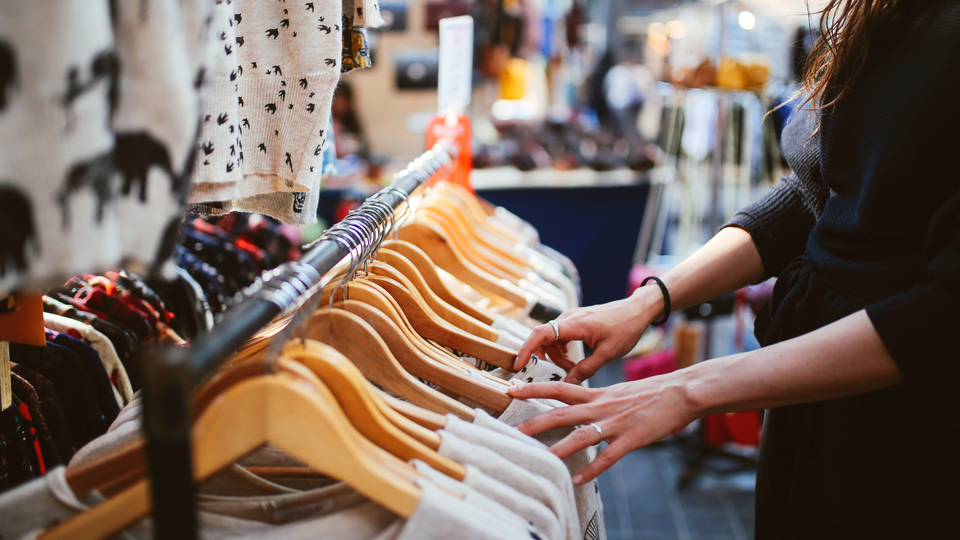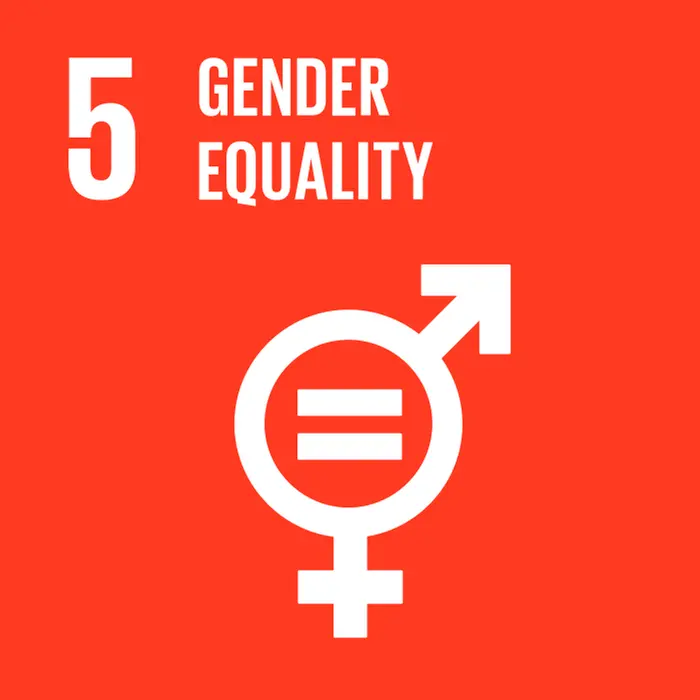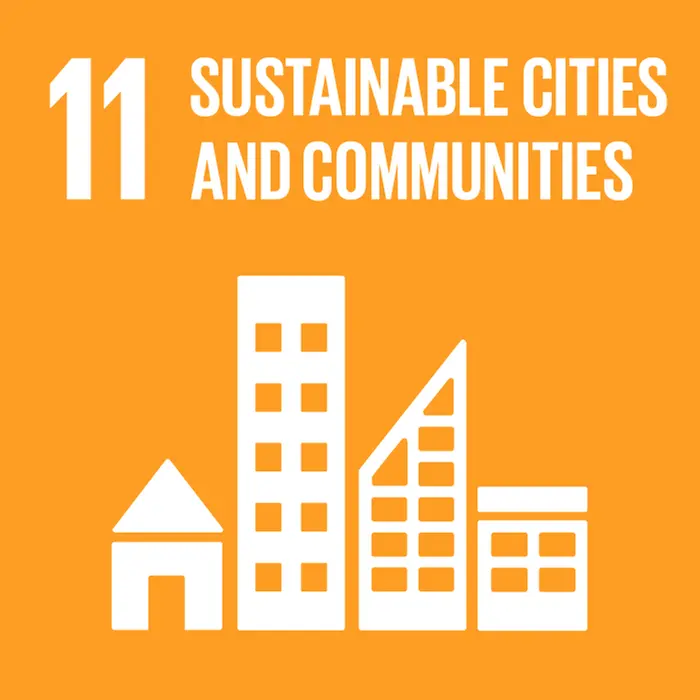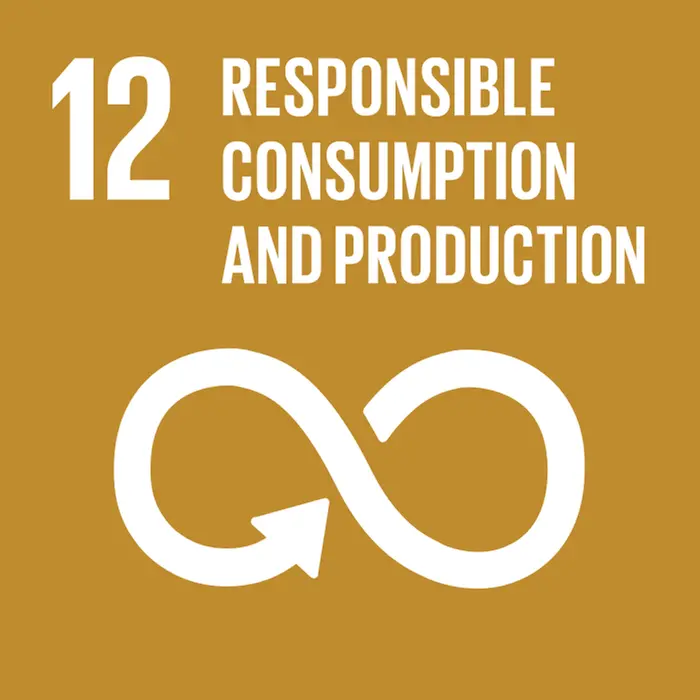
Usereuse – System for a reuse industry
What is required for reuse to become the norm and eventually as easy as buying new items is today? IVL Swedish Environmental Research Institute is running the Vinnova-funded project Usereuse to study current reuse practices and how they can be reinforced and scaled up.
The project is carried out together with Citycon, Stockholm Vatten och Avfall, Artikel2, Blocket, Myrorna, SÖRAB and Mölndals stad.
To meet the global sustainability goals of sustainable consumption and production, as well as the goals of the Paris Agreement to limit climate emissions, we need to make better use of the resources we have. A key to sustainable transition is reducing new consumption and slowing down the turnover of products. Reuse can be part of the solution. To increase reuse, it's important to make it accessible through multiple channels that can meet diverse societal needs.
Many different arenas
.There is a need for a diversity of actors with favourable conditions for scaling up, actors that complement each other in various areas:
- New purchase arena: Actors primarily selling new products, but also starting to offer second-hand products.
- Second-hand arena: Actors exclusively offering second-hand products.
- Peer-to-peer arena: Online platforms, flea markets, and swap rooms where we can sell, exchange, and share with each other.
- Waste arena: Municipalities and waste management companies offering second-hand products as part of waste prevention efforts.
The Usereuse project involves actors from all these arenas.
There are many new forms of reuse and new collaborations between actors to offer opportunities: retail stores sell selections from second-hand shops, second-hand shops and free stores are trying to move into malls, new niche online actors both pick up and pay for items, and neighbourhood reuse centres are getting closer to residents. At the same time, most reuse businesses are small and may struggle to handle the material flows that would result if reuse became the norm.
Usereuse research the conditions in various arenas for reuse among project partners:
- What similarities and differences exist between practices, barriers, and drivers in different reuse arenas?
- Are there differences in accessibility, resources, attitudes, and practices among groups of reusers?
- How does where and how the reuse takes place affect flow, quality, transport and the attitude towards reuse?
And how systems for reuse can be scaled up:
- Where is the greatest potential for as many recycled objects as possible with as high maintained quality as possible?
- Which actors have particularly great potential to be drivers in changing practices?
- What practices, conditions, cooperation and policy measures are needed to scale up reuse and how can these be designed?
The long-term goal is to investigate how systems for reuse can be created, improved, and scaled up so that reuse becomes the norm and is perceived as just as easy or easier than buying new. The four-year project Usereuse aims to result in:
- New knowledge about the conditions for scaling up reuse for reusers and actors,
- scenarios regarding future possible developments of reuse,
- action proposals for how these systems can be strengthened and supplemented to scale up.
The project over the years
Partial results (in Swedish):
Pressmeddelande om projektstart 22.05.10
Konsumenters drivkrafter, hinder och vanor kopplat till begagnatköp 2024 External link, opens in new window.
External link, opens in new window.
Pressmeddelande om kundundersökning 24.04.03
Hur många kilo extra har du i garderoben? Dataanalys av textilflöde 2024 External link, opens in new window.
External link, opens in new window.
Pressmeddelande om dataanalys 24.05.28
Project facts
- Project name: Usereuse - System for a reuse industry - a transition pathway
- Partners: IVL Swedish Environmental Research Institute, Mölndal municipality, SÖRAB, Blocket, Myrorna, Artikel2, Citycon and Stockholm Vatten och Avfall
- Financier: Vinnova
- Budget: 5 MSEK
- Period: 2021 - 2025
Contact
Want to know more about IVL's services and offers? Enter your email address and choose which area you want to know more about, and we will get back to you.
NOTE! For questions about vacancies and thesis work, go to the Careers
tab in the main menu.



